Learn how to clean battery corrosion in toys as well as how to clean the battery compartment in any electronic device in just a couple of minutes.
These simple steps will help you effectively remove battery leakage from the battery terminals and ensure your devices stay in good working condition.
Many parents can relate to the frustrating scenario of their child’s favorite toy suddenly ceasing to function, often due to the corrosive effects of leaking batteries.
Batteries can discharge, even the best batteries, for various reasons, including exposure to extreme heat or storing for a long period of time.
This post will share the best tips for how to clean battery corrosion in toys and other electronics. Plus, you’ll learn the best way to prevent this from happening in the first place.
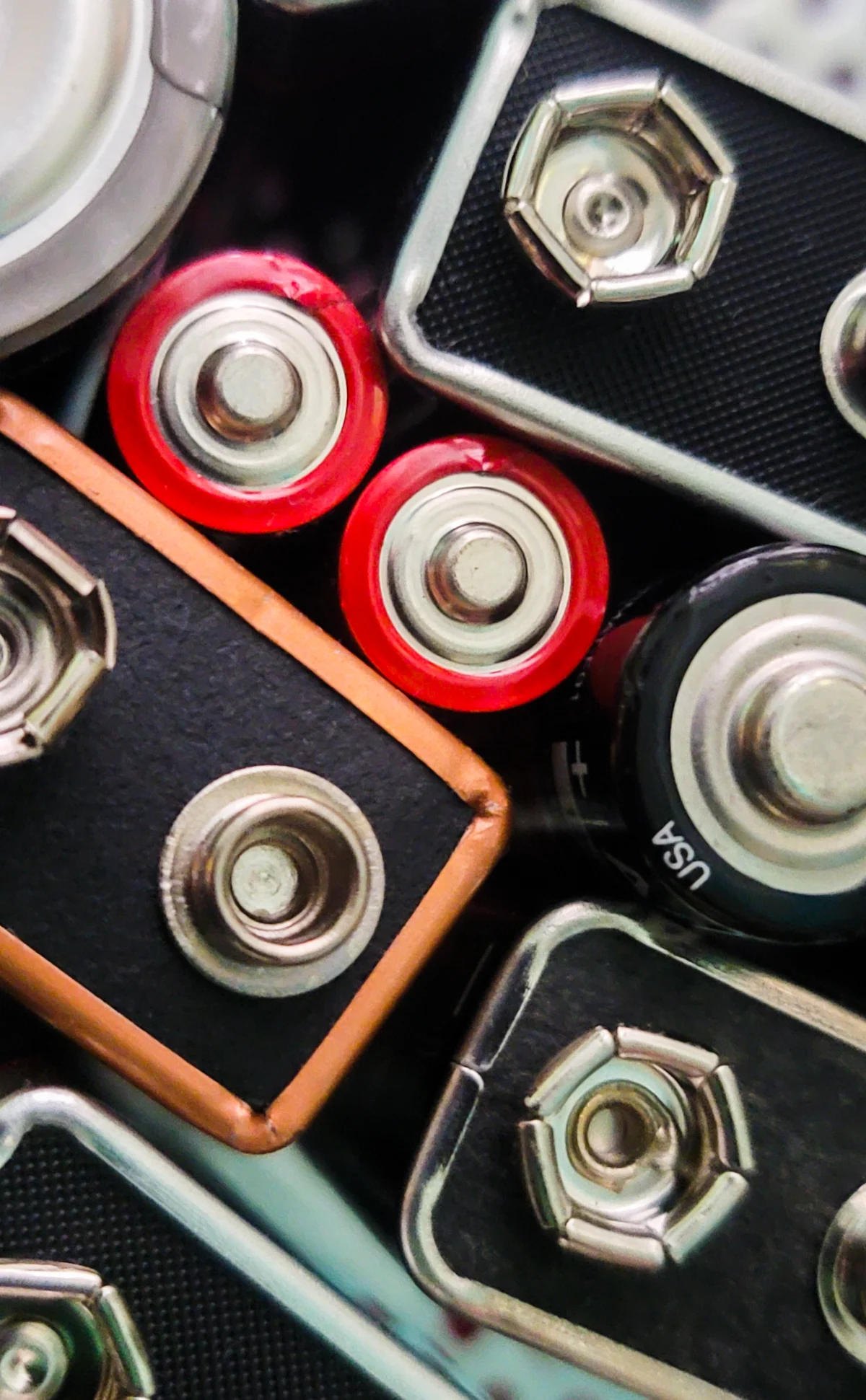
How to Clean Battery Corrosion in Toys
Maintaining your children’s toys and electronic gadgets in top-notch condition is crucial to their safety and enjoyment.
However, over time, battery corrosion can wreak havoc on these devices, leading to malfunction and potential harm.
In this guide, we’ll take you through the steps to effectively clean battery corrosion from toys and electronic devices. Let’s start with the first step in this process.
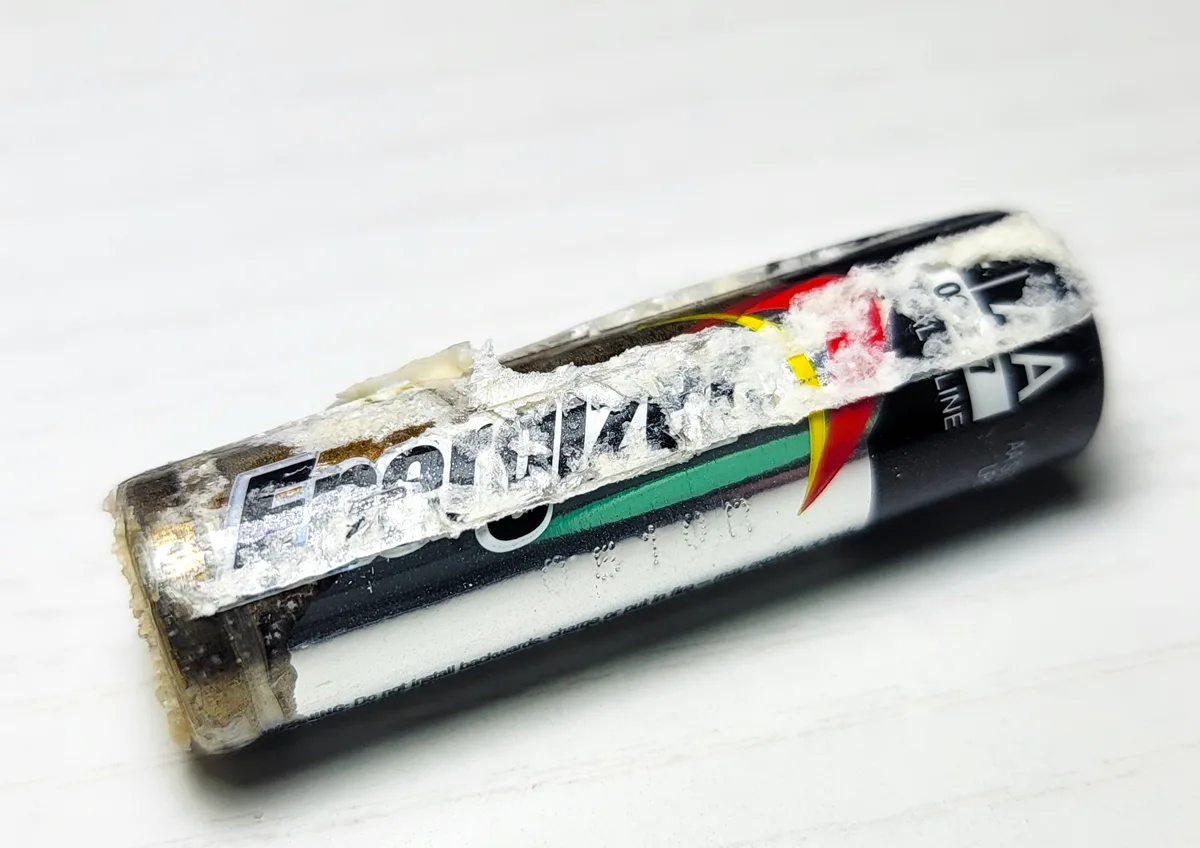
Step 1:
The first step is to remove the old battery before starting the cleaning process.
To avoid skin irritation it may be a good idea to wear protective gloves rather than using your bare hands to handle the leaking battery.
Protective gear, a well ventilated area, and eye protection can go a long way to protect your bare skin from severe chemical burns caused by a leaky battery.
Protecting your work surface is also a good idea as the batteries discharge may drip out of the device during the cleaning process.
Step 2:
The next step is to open the battery case, remove the corroded battery, and dispose of it properly.
There is no reason to try to clean batteries, these batteries are trash at this point, even if they haven’t passed their expiration date.
According to the U.S. Environmental Protection Agency, used alkaline batteries should be sent to battery recyclers due to containing heavy metals.
In the United States, you can contact your local waste removal company for proper storage instructions.
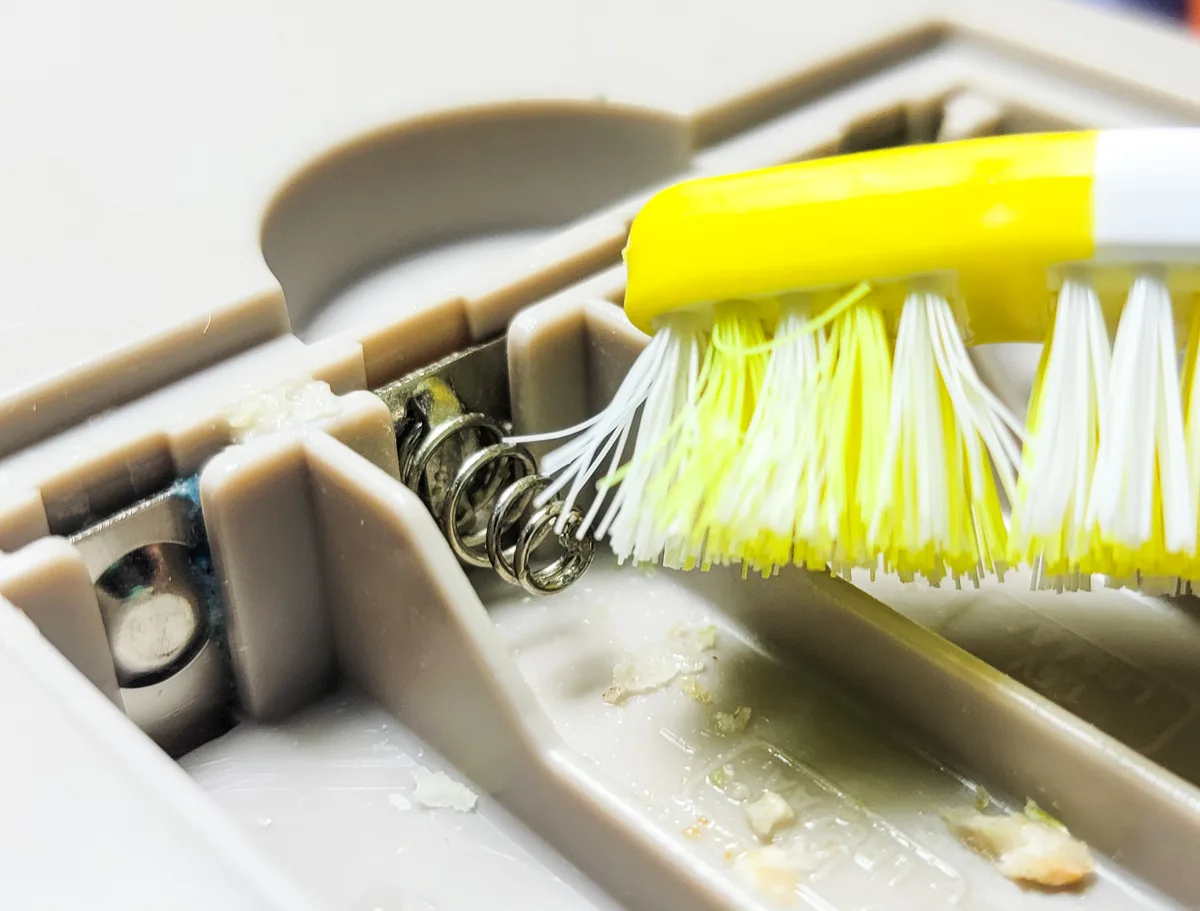
Step 3:
Use a cotton swab or an old toothbrush dipped in white vinegar to gently scrub the corrosion from the battery terminals.
Be careful not to let any excess liquid enter the device. Start by using a small amount, hitting the contact points, and then removing the liquid with a clean cloth.
This will neutralize the alkaline substance and this method alone may do the trick.
Step 4:
If vinegar alone doesn’t do the job, you can create a baking soda paste with baking soda and a few drops of water.
Apply this paste to the affected areas and then rinse with warm water.
The best thing to do is immediately follow this up with a damp paper towel or damp cloth to remove any excess battery cleaner from the affected areas of your device.
If the corroded terminals have been sitting for a long time you may need to apply the following cleaning tips to remove caked-on battery acid.
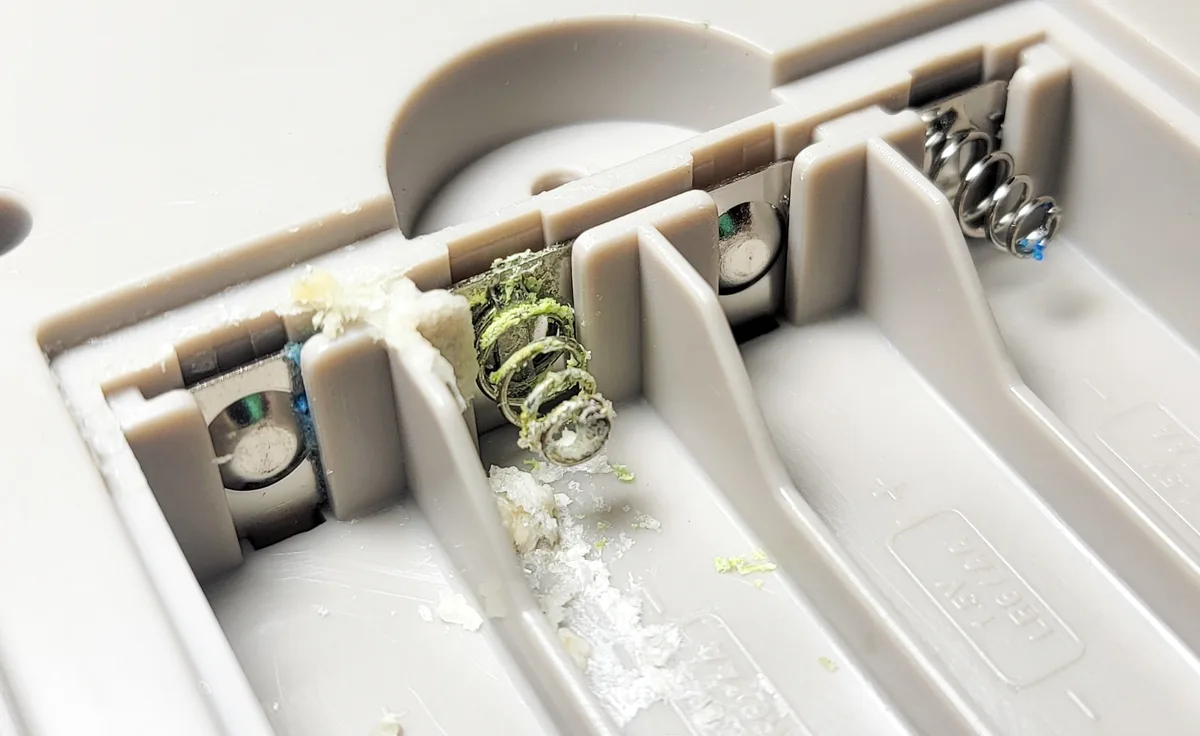
How Do You Remove Caked-On Battery Acid?
Not all chemical reactions are created equal so sometimes the best remedy is to use a different solution.
The main reason for battery corrosion is the leakage of corrosive materials, like potassium hydroxide, from old or damaged batteries.
Most household acids can be neutralized with the use of common household items without having to use heavy hitters like Potassium carbonate.
Lemon juice, a safe household acid can be used to help clean corroded battery terminals.
Another common cleaning agent found in your home is Isopropyl alcohol or rubbing alcohol, you can combine it in a small bowl with baking soda to create a powerful paste.
Use a wire brush to scrub the affected battery-powered items with heavy corrosion of the terminals or use a pencil eraser to remove light corrosion.
Check out this post if you are looking for tips on cleaning the corroded area in a remote control due to battery acid.
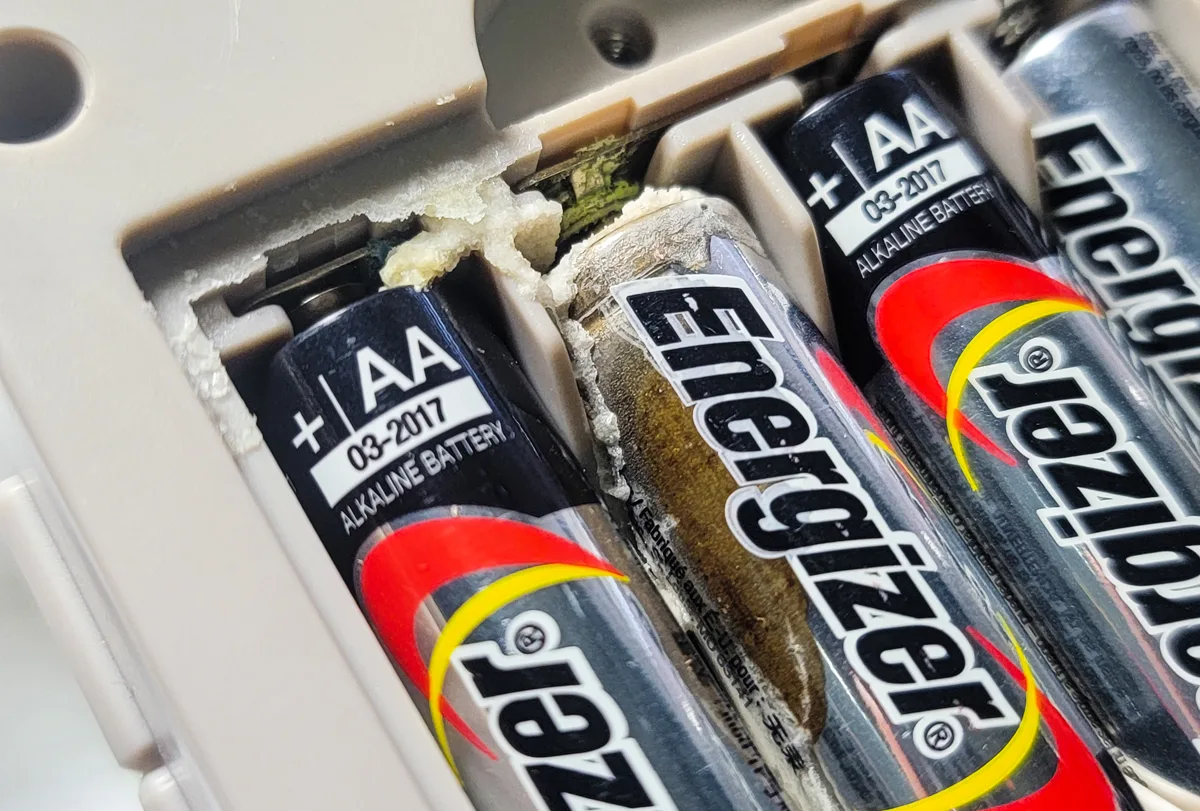
How to Prevent Battery Cell Ruptures
To prevent problems with your household batteries, you can take several precautions to avoid knowing how to clean battery corrosion in toys.
Use Fresh Batteries
Opt for new batteries to minimize the risk of rupture. Old or expired batteries can leak harmful chemicals and potentially damage your devices.
Regularly check and replace batteries in your electronic devices to ensure they function safely and reliably.
Store Batteries Properly
Keep your batteries in a dry place and store them at room temperature to extend their lifespan and prevent potential leakage.
Storing them in a plastic bag or cardboard box can help protect them.
Choose the Right Battery Type
Lithium batteries are known for their durability and are less likely to rupture, making them a safer choice for critical applications.
However, carbon dioxide can be produced in certain battery chemistries, such as lithium-ion batteries during thermal runaway or other malfunction scenarios.
In such cases, the release of carbon dioxide may be a consideration in the event of a battery malfunction.
Be Cautious with Alkaline Batteries
Alkaline batteries, often found in household and rechargeable batteries, can pose a risk of leakage.
Regularly check and replace them, especially during the holiday season when battery-powered devices are used most often.
An AA battery uses a potassium hydroxide (alkaline) electrolyte. The pH of the electrolyte in alkaline batteries is much higher, typically around 12-13 on the pH scale, making it highly alkaline.
While this electrolyte is less likely to cause immediate harm to the skin compared to sulfuric acid, it can still be irritating, and it’s important to handle leaky batteries with care.
The use of old or expired batteries can lead to the leakage of corrosive chemicals, which not only poses a potential safety hazard but can also result in permanent damage to your valuable electronics.
To maintain the safety and reliability of your electronic devices, it is crucial to establish a routine for inspecting and replacing batteries, ensuring they continue to operate optimally while minimizing the chances of mishaps.
Avoid Direct Sunlight
Extreme temperatures, including exposure to direct sunlight, can impact battery performance and may increase the likelihood of rupture.
This is especially an issue with lead-acid batteries, commonly used in applications like automotive and industrial settings.
These batteries can pose a significant risk of leaking sulfuric acid (sulphuric acid) or hydrogen gas if damaged or ruptured, making proper handling and maintenance essential for safety.
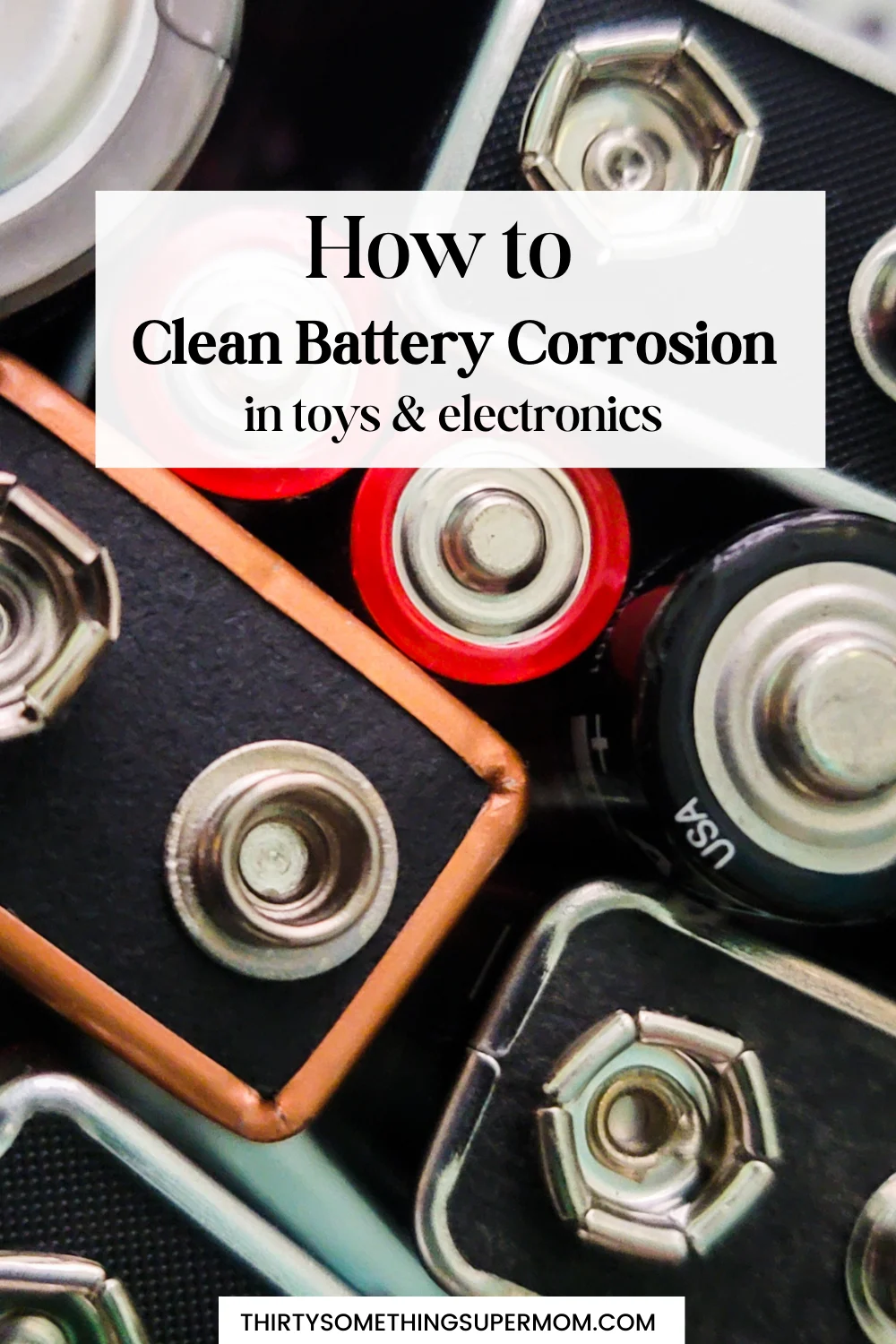
Maintaining Battery-Powered Devices
In addition to cleaning battery corrosion and preventing ruptures, it’s crucial to maintain your battery-powered devices for optimal performance and longevity.
Here are some tips to keep your gadgets and toys in excellent working condition:
Periodically check your battery-operated devices for any signs of wear, damage, or corrosion. Early detection can prevent issues from worsening.
When you notice reduced performance or dimming lights in your devices, it’s time to replace the batteries.
If you’re not using a battery-powered item for an extended period, consider removing the batteries. Storing devices without batteries can prevent potential leakage and corrosion during storage.
More Helpful Household Cleaning Tips
Ready to take your cleaning skills to the next level? Check out these fantastic cleaning tips and tricks to make your life easier and more efficient.
- Does Baking Soda Clean Carpet?
- How to Clean a Microwave Easily
- How to Clean Hard Water Stains from Glass Shower Doors
- DIY Cleaning Products
- Homemade Cleaners
Don’t limit yourself to just cleaning battery terminals in toys. Explore these related posts to discover a wealth of cleaning knowledge and make your cleaning routine more effective and eco-friendly.
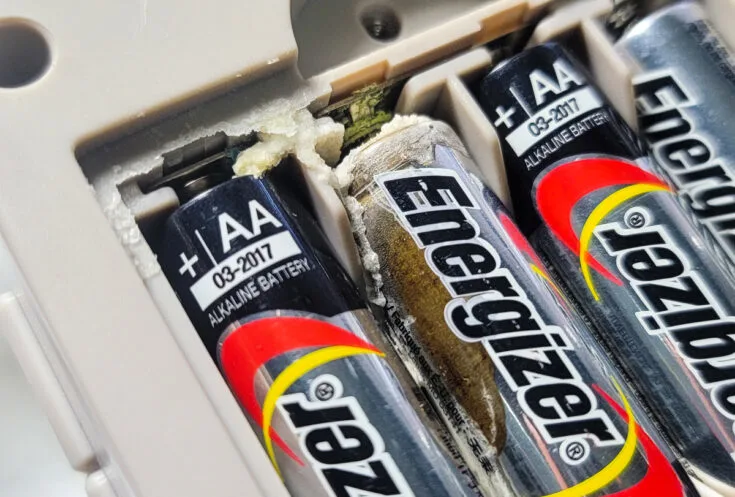
How to Clean Battery Corrosion in Toys & Fix Electronics
Learn how to clean battery corrosion in toys and fix electronics with this simple method.
Materials
- Vinegar
- Baking Soda
- Water
- Lemon Juice
Tools
- Wire Brush or Old Toothbrush
- Cotton Swabs
Instructions
- To address the corrosion on the battery terminals, employ a cotton swab or an old toothbrush immersed in white vinegar for gentle scrubbing.
- This will effectively neutralize the alkaline substance, which may suffice to resolve the issue on its own.
- In the event that vinegar alone proves insufficient, you have the option to craft a baking soda paste by mixing baking soda with a few drops of water. Spread this paste onto the affected areas and follow up with a rinse using warm water.
- To ensure thorough cleaning, promptly use a damp paper towel or cloth to eliminate any excess battery cleaner from the afflicted areas of your device.
- For situations where the corroded terminals have endured extended exposure, you may need to apply the subsequent cleaning methods to eliminate stubbornly adhered battery acid.
- Lemon juice, a benign household acid, can be employed for cleaning corroded battery terminals.
- Isopropyl alcohol, or rubbing alcohol, is another readily available cleaning agent in your household. You can combine it in a small container with baking soda to produce a potent paste.
- When faced with battery-powered items exhibiting heavy corrosion on the terminals, utilize a wire brush for thorough cleaning.
Notes
Start with the first method for cleaning the battery corrosion. If this proves to be ineffective, move on to the other methods.
Be sure to do your best to keep the device from being too wet, use a dry cloth to remove moisture during the cleaning process.
Recommended Products
As an Amazon Associate and member of other affiliate programs, I earn from qualifying purchases.
About Thirty Something Super Mom

My journey started after a Crohn's disease diagnosis, inspiring a commitment to well-being. This site shares my distinctive approach to healthy living with my collection of nutritious recipes that boast authentic flavors, mimicking the indulgence of traditional dishes. I love sharing guilt free recipes for low carb, keto, gluten-free, paleo, and the specific carbohydrate diet. I also share tips on natural living, including homemade cleaners and cleaning hacks. I also share my experience as a veterinary technician and pet groomer, to integrate pet health tips, homemade dog food recipes, and grooming insights to ensure your pets thrive.






